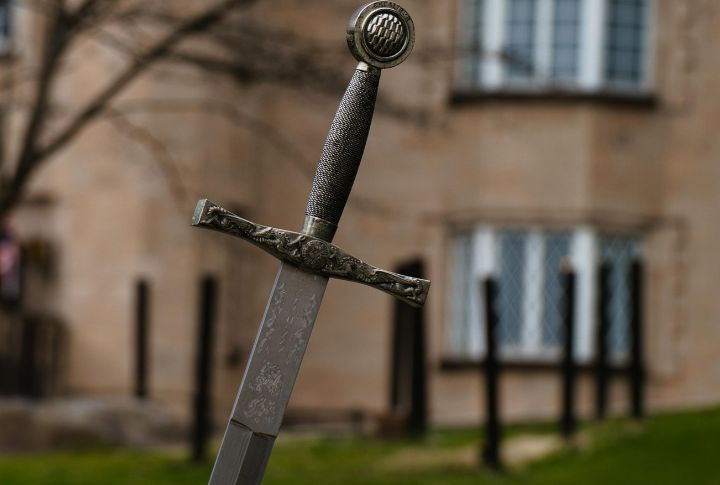
Archaeologists in France have uncovered two remarkably preserved swords dating back approximately 2,300 years. These artifacts shed light on Celtic craft and symbolism during the Iron Age.
They also offer rare physical evidence of the beliefs and rituals of a society that left few written records. Now, experts are piecing together what these weapons reveal—their identity, spirituality, and power in ancient Europe.
Discovery At Creuzier-Le-Neuf

The French National Institute for Preventive Archaeological Research (INRAP) conducted the excavation at a Celtic necropolis in Creuzier-le-Neuf, central France. The site, which was 7,000 square feet, uncovered more than 100 graves.
Although the region’s acidic soil had destroyed most human remains, researchers identified one cremation and recovered numerous well-preserved metal artifacts. Among these were bracelets, brooches, and remarkably intact swords—rare finds from the Iron Age that shed light on Celtic society.
A Closer Look At The Swords

Both swords were discovered sheathed, an unusual and valuable condition that helps preserve details often lost to time. One stood out due to its decorative scabbard, which is made of copper alloy and features inlaid polished gemstones.
Two of these stones bore engraved swastikas—symbols that, in ancient contexts, were commonly associated with prosperity, cosmic order, and good fortune across various cultures, including the Celts.
The second sword, shorter in size, was examined using X-ray analysis. It had additional markings near the hilt, including a circle and a crescent moon separated by a line. These motifs support the dating of the artifacts to the early 4th century BCE.
Interestingly, this period aligns with known Celtic migrations into northern Italy and the sacking of Rome in 387 BCE.
Symbols Beyond War

The symbols suggest that the swords may have held significance beyond battle. Some scholars believe they were ceremonial or status objects, potentially used by elite warriors or spiritual leaders. Also, the engraved imagery, particularly the swastikas, may have invoked divine protection, signified cosmic balance, or marked the weapon’s ritual role in funerary practices.
Vincent Georges of INRAP noted that the swastika had been used across the Mediterranean world long before its 20th-century appropriation. So, the Celts likely adopted it toward the end of the 5th century BCE, though its exact meaning within their culture remains uncertain.
What’s clear is that the iconography chosen for these weapons was anything but random.
It was meant to convey meaning or communicate with forces beyond the physical world.
A Window Into Celtic Beliefs

This rare find provides important insight into the artistry and symbolism of Iron Age Europe. The detailed artistry, along with the spiritual markings, illustrates the complexity of Celtic beliefs and their integration of symbolic motifs into daily and sacred life. It also reflects the Celts’ extensive interaction with neighboring cultures.
Ultimately, the discovery highlights how much we still do not know about early European civilizations. As the swords undergo further analysis, researchers hope they will continue to reveal more about Celtic society.













GIPHY App Key not set. Please check settings